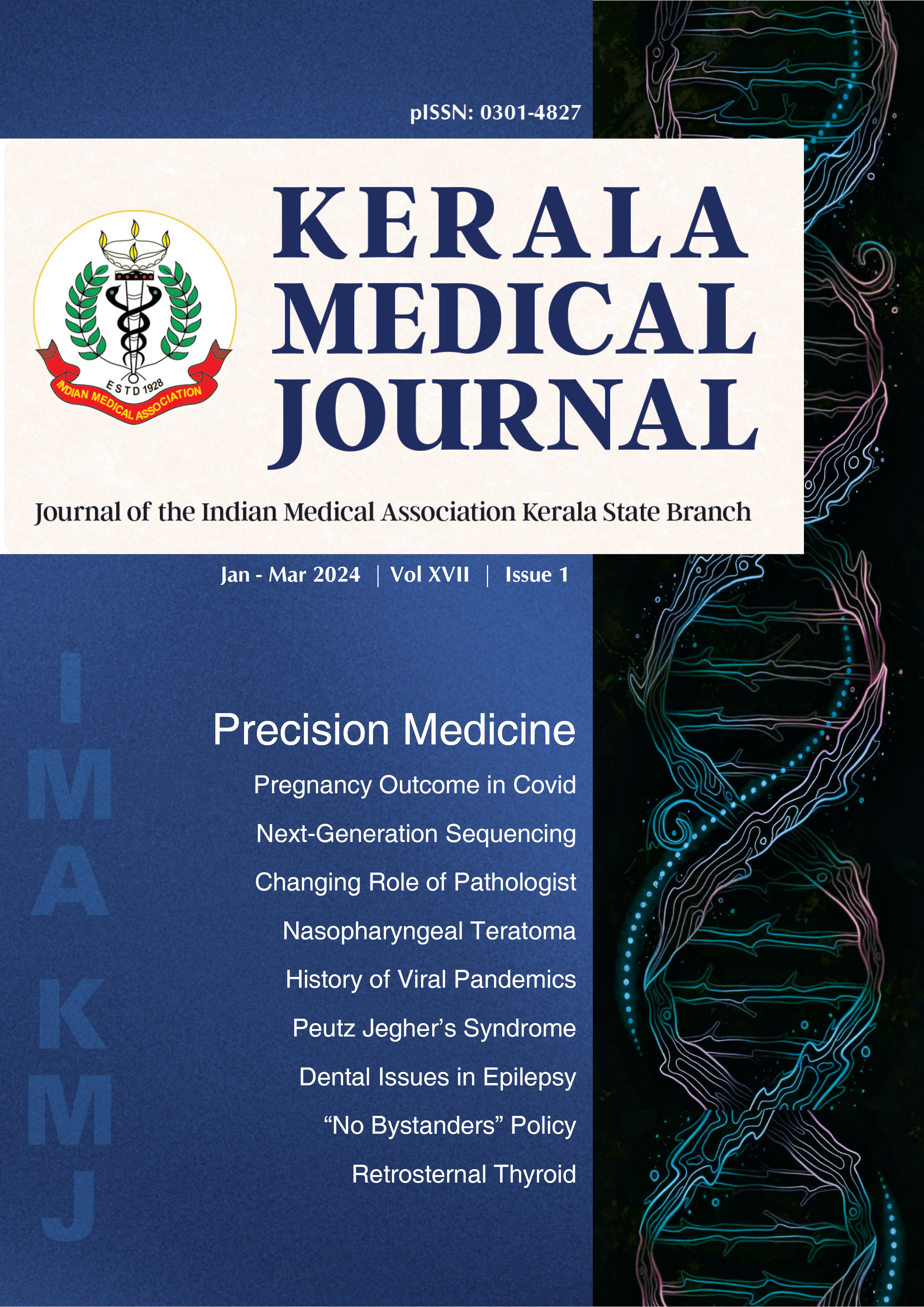Viral Pandemics Throughout History and What We Have Learnt from Them
Abstract
In the course of global history, infectious disease outbreaks have occurred intermittently, causing long-lasting effects on human societies which then subsequently went on to change the very course of history. These outbreaks, whether they be globalized or ubiquitous have lent us the power to alter socioeconomic, political, religious, and cultural aspects of human civilization. Pandemics have shaped modern medicine through the creation of systematic frameworks for epidemiological study, and prevention of disease through pharmaceutical (drugs, mass vaccination) and non-pharmaceutical interventions (quarantine, handwashing and hygiene techniques). Thus, we are constantly striving to overcome the threat of emerging as well as reemerging infectious disease outbreaks. In the last 40 years, we have faced most notably, the Spanish Flu (from 1918 to 1919), HIV-AIDS (from 1981 to present), SARS-CoV (from 2002 to 2003), Swine Flu (from 2009 to 2010) and most recently, COVID-19 (from 2019 to present). Most viral pandemics were caused by zoonoses transmitted through practices of breeding, hunting and global trading leading to increased human-animal contact. By understanding the pathophysiology and pathways of transmission of pathogens to humans, we can discover newer and better methods to controlling and even preventing infections. 40 years back when the plague struck, public health preparedness and interventional measures such as quarantining, isolation, and strict border control were critical in containing the spread of outbreaks and maintaining the structural infrastructure of human society. These non-pharmaceutical containment methods are still found to be effective in controlling the COVID-19 pandemic to this day. Newer technologies for quick diagnosis with disease severity markers and contact tracing as well as mass production and distribution of vaccines are required for effective response. Medical historians opine that studying earlier pandemics and our response to them may help further our insight into infectious diseases in the 21st century. Amongst the advancements made in the healthcare sector, public health response seems to be mostly unchanged.

This work is licensed under a Creative Commons Attribution-NonCommercial-NoDerivatives 4.0 International License.
When publishing with Kerala Medicial Journal (KMJ), authors retain copyright and grant the journal right of first publication with the work simultaneously licensed under a Creative Commons Attribution Non Commercial (CC BY-NC 4.0) license that allows others to share the work with an acknowledgement of the work's authorship and initial publication in this journal. Work includes the material submitted for publication and any other related material submitted to KMJ. In the event that KMJ does not publish said work, the author(s) will be so notified and all rights assigned hereunder will revert to the author(s).
The assignment of rights to KMJ includes but is not expressly limited to rights to edit, publish, reproduce, distribute copies, include in indexes or search databases in print, electronic, or other media, whether or not in use at the time of execution of this agreement.
Authors are able to enter into separate, additional contractual arrangements for the non-exclusive distribution of the journal's published version of the work (e.g., post it to an institutional repository or publish it in a book), with an acknowledgement of its initial publication in this journal.
The author(s) hereby represents and warrants that they are sole author(s) of the work, that all authors have participated in and agree with the content and conclusions of the work, that the work is original, and does not infringe upon any copyright, propriety, or personal right of any third party, and that no part of it nor any work based on substantially similar data has been submitted to another publication.



